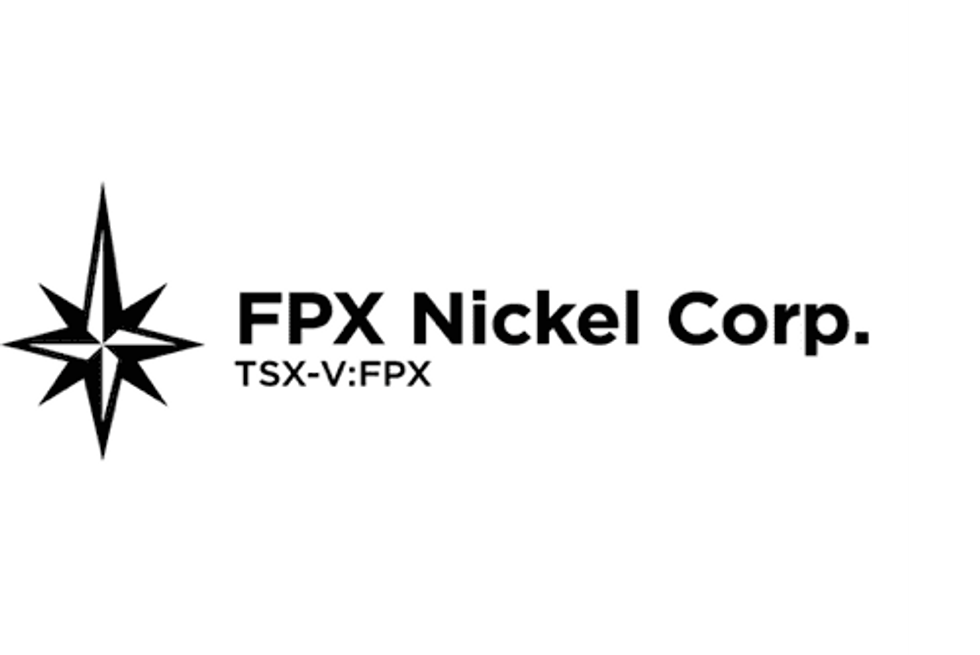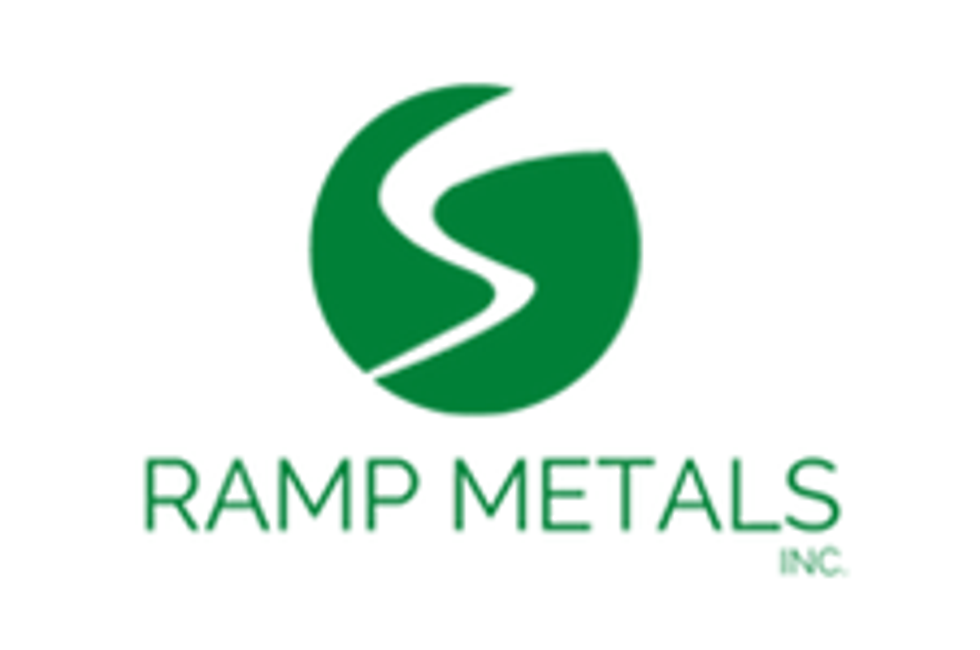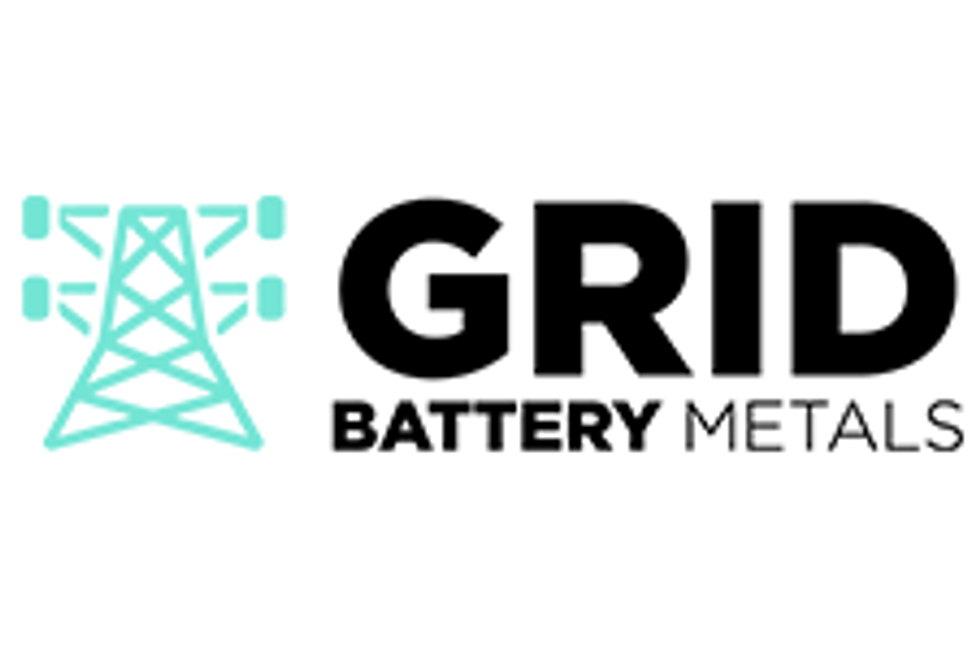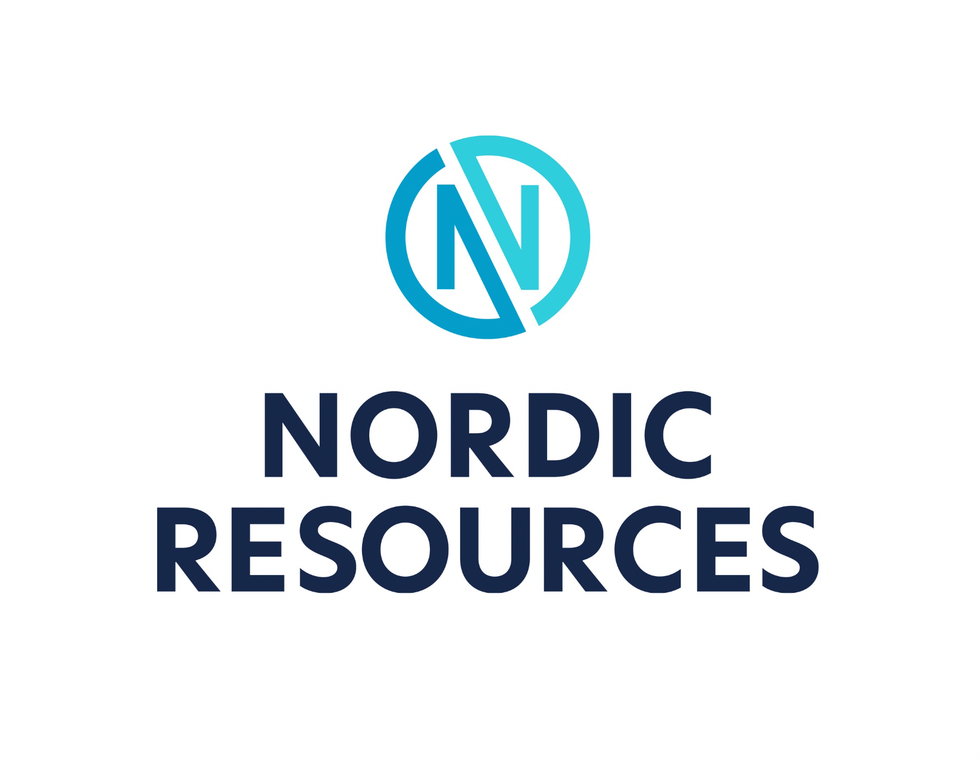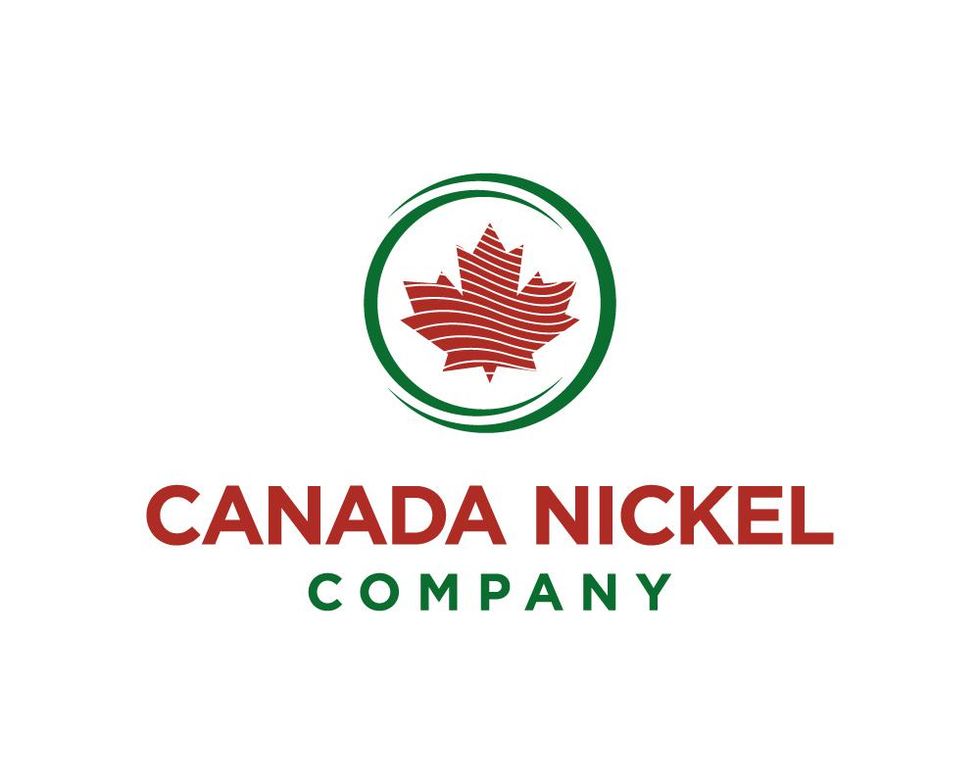
Battery metals investors are gearing up for Tesla’s Battery Day. Find out here why it’s important to pay attention to this event.
Since its beginnings in 2003, Elon Musk’s Tesla (NASDAQ:TSLA) has been aiming to lead the transition to sustainable energy, with batteries being a key component of its strategy.
Even before Tesla broke ground on its first gigafactory in Nevada in 2014, the announcements made by the US-based company were catalysts for the entire electric vehicle (EV) supply chain, spurring expectations about demand for raw materials like lithium, cobalt and nickel.
Market watchers are now gearing up for Tesla’s long-awaited Battery Day, set for September 22. Investors are expecting to receive news on advances in battery technology, cell production and more.
What is Tesla’s Battery Day?
Tesla CEO Musk has been teasing the world about Battery Day for several months now, promising it will be “one of the most exciting days in Tesla’s history.”
The event, which was pushed to September due to coronavirus restrictions, will happen the same day as Tesla’s annual shareholder meeting.
In April last year, the automaker held a similar event called Autonomy Day, which included a deep dive on Tesla’s autonomous driving technology. Investors are anticipating a similarly detailed program for this year, but with batteries taking center stage instead of autonomy.
Aside from technology breakthroughs, Musk, who is also the founder of rocket producer SpaceX, has said that Battery Day will include a tour of the company’s cell production system.
Commenting on why investors should be paying attention to Tesla’s announcements on September 22, Jose Lazuen of Roskill said Musk’s company is by far the most advanced automaker in terms of battery cell and battery pack technology today.
“As an automaker producing EVs, its main goal is to reduce production costs to the minimum to materialize the vision of EVs as mass-market vehicles,” he told the Investing News Network (INN). “However, the cost of batteries is the main hurdle today, and as such Tesla has every incentive to eliminate expensive active battery materials like cobalt and nickel from its supply chain.”
Similarly, Rodney Hooper of RK Equity told INN that investors should be paying attention to the upcoming Battery Day due to the impact it could have on demand for raw materials, as well as on EV demand depending on what’s confirmed during the event.
Technology breakthroughs and battery developments
Diverse battery advancement news is expected during Battery Day, but Musk has recently implied that Tesla may be able to mass produce batteries with 50 percent more energy density in three to four years, which could even enable electric airplanes.
One of the biggest speculations about Battery Day is the potential announcement of a million-mile battery, which Tesla and Chinese battery maker CATL (SZSE:300750) are reportedly working on to allow electric Teslas to sell profitably for the same price or less than a gasoline vehicle.
“The million-mile battery allows EVs to become both a mode of transport and a mini power grid,” Hooper said. He added that consumers are unlikely to drive more than 150,000 to 200,000 miles over an EV’s lifetime, allowing them to use the spare capacity to discharge their batteries into the grid when needed.
“If renewable energy is central to a low-carbon future, then baseload power is a key issue. EVs with million-mile batteries can solve that problem,” Hooper said.
Tesla’s partner CATL has also been working on developing a new type of EV battery that contains no nickel or cobalt, different from the existing NCA, NCM and LFP battery types, Reuters reported.
But Musk has also recently called for more nickel mining, saying the real limitation on Tesla’s growth is cell production at an affordable price. “Tesla will give you a giant contract for a long period of time if you mine nickel efficiently and in an environmentally sensitive way,” Musk said over the summer.
At the same time, earlier this year, Tesla signed a deal with top cobalt producer Glencore (LSE:GLEN,OTC Pink:GLCNF) to secure supply of the battery metal. Cobalt is mostly mined in the Democratic Republic of Congo, where mining has often been linked with human right abuses and child labor. Sources say Tesla will use the material for its plants in Shanghai and its future plant in Berlin.
For Lazuen, while nickel may take another decade to eliminate, cobalt miners and traders “should be wary” of Tesla’s Battery Day.
“Even if cobalt is not eliminated, Tesla may unveil a battery technology with extreme energy density, which would instantly reduce the volume of raw materials required,” he said.
More energy-dense battery materials or cells require fewer active materials to deliver the same amount of energy, Lazuen explained. As a result, this could have implications for cobalt, nickel and lithium.
Developments on the anode side could also impact the raw materials space. In fact, Musk has teased the arrival of silicon nanowire anodes, which could have a massive effect on energy density.
Tesla’s battery cell production and manufacturing capacity
Last year, Tesla sold 367,500 electric vehicles globally, including 223,000 in the US. The company currently has the capacity installed to exceed 500,000 vehicle deliveries this year, despite recent production interruptions.
“While achieving this goal has become more difficult, delivering half a million vehicles in 2020 remains our target,” Tesla said in its Q2 report this year.
Battery cell production and manufacturing capacity are key to Tesla’s strategy, as batteries dictate both range and costs for EVs. Choosing locations and partnering with the right battery makers for current and new technologies is an essential part of making Musk’s sustainable energy transition a reality.
In the US:
At Tesla’s Nevada gigafactory, the company works with Panasonic (TSE:6752) to develop batteries. Since its launch, the batteries produced at the manufacturing facility have included nickel-cobalt-aluminum cathodes — different from most of Tesla’s competitors, which use a nickel-cobalt-manganese mix.
As was recently announced, the US is getting another gigafactory, this time in Texas. In July, Musk confirmed that his company will be building its new Cybertruck and its heavy-duty semi truck, as well as the Model 3 and Model Y cars for Eastern North America. A first completion could happen by May 2021.
Last year, Tesla acquired Maxwell Technologies, an ultra-capacitor manufacturer and battery technology company, for over US$200 million, with many speculating on how Tesla will take advantage of the move. Back in June, the company applied for city government approval to build an expanded battery operation at its factory in California for the so-called Roadrunner project.
The expansion of the battery research and manufacturing facility and the Maxwell acquisition could be signals that Tesla is moving forward with its goal of making its own batteries. Construction of the project could take an estimated three months, with more details expected at Battery Day.
The EV maker also operates another manufacturing facility in New York that produces solar panels. Tesla has owned the solar cell plant since it acquired SolarCity in 2016.
In China:
Looking outside the US, Tesla announced its first gigafactory in China last year. At the facility, it joined forces with China’s largest battery maker CATL to develop cobalt-free batteries for its Model 3.
The move stirred up a debate in the EV raw materials space about whether LFP cathodes are making a comeback and how they could impact future cobalt and nickel demand. The Chinese EV battery maker has been working on its cell-to-pack technology to boost the density and safety of its LFP batteries.
For Andrew Miller of Benchmark Mineral Intelligence, these improvements will increase the role of LFP batteries in the longer term and could even see LFP used in some specific passenger EV markets, as the space has seen with Tesla in China. But ultimately LFP will continue to play a role in heavy-duty applications and energy storage systems.
“Western OEMs remain committed to NCM/NCA chemistries, with the push to reduce cobalt within the technologies as much as possible,” he told INN back in June.
South Korean LG Chem (KRX:051910) also supplies Tesla with batteries, but using lithium-nickel-manganese cobalt oxides.
In Europe:
By the summer of 2021, Tesla is also set to open its first manufacturing facility in Europe. The factory, which is being built just outside Berlin, Germany, could assemble as many as 500,000 cars a year, with Musk saying it Tesla will implement additional “original” engineering and design measures.
“I think we will be building some batteries and cells and other things here. That will be good for stationary storage of wind and solar,” Musk added.
Whether Tesla starts to produce its own battery cells or not, the main question remains: Where will it source its raw materials from to achieve its ambitious goals?
“If Tesla is targeting 1,000 GWh of their own capacity by 2030, investors should be paying attention as to how it is ensuring it has sufficient raw materials to meet its goals, and then which companies can produce these materials in a sustainable way,” Hooper said.
Don’t forget to follow us @INN_Resource for real-time updates!
Securities Disclosure: I, Priscila Barrera, hold no direct investment interest in any company mentioned in this article.
Editorial Disclosure: The Investing News Network does not guarantee the accuracy or thoroughness of the information reported in the interviews it conducts. The opinions expressed in these interviews do not reflect the opinions of the Investing News Network and do not constitute investment advice. All readers are encouraged to perform their own due diligence.
